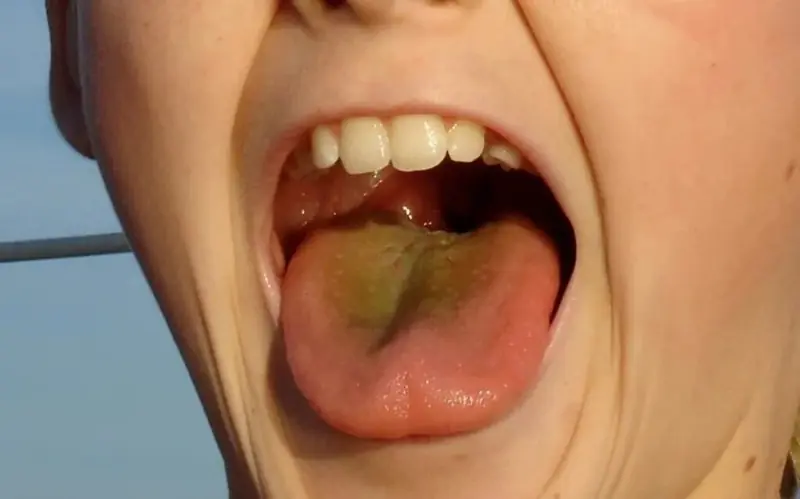
Trojan Horse Therapy: Scientists Engineer Virus to Make Tumors Self-Destruct
Trojan Horse Therapy: Scientists Engineer Virus to Make Tumors Self-Destruct
Groundbreaking research from the University of Zurich has unveiled a revolutionary cancer therapy that uses a modified virus to effectively turn tumors against themselves. This innovative approach, described by UZH News, involves engineering a common respiratory virus, an adenovirus, to act like a Trojan horse, infiltrating cancer cells and forcing them to produce their own demise.

How SHREAD Works: Turning Tumors into Drug Factories
The new therapy, named SHREAD (SHielded, REtargeted ADenovirus), is a sophisticated method designed to deliver anti-cancer agents directly to the tumor site. The engineered adenovirus carries genes that instruct the cancer cells to produce therapeutic substances such as antibodies, cytokines, and other signaling molecules. Essentially, the tumor itself becomes a "factory" manufacturing its own destruction.
This localized production of therapeutic agents offers significant advantages over traditional treatments like chemotherapy or radiation. By targeting the delivery directly to the tumor, SHREAD aims to minimize damage to healthy tissues and reduce systemic side effects. As lead researcher Sheena Smith explains, "We trick the tumor into eliminating itself through the production of anti-cancer agents by its own cells."

Promising Results in Lab Tests
In laboratory tests, the SHREAD system was used to deliver trastuzumab (Herceptin®), a clinically approved antibody for breast cancer, directly into tumors in mice. The results were highly encouraging:
-
Higher Drug Concentration in Tumors: The study observed significantly higher concentrations of the drug within the tumor compared to direct injection methods.
-
Minimal Systemic Exposure: Levels of the drug in the bloodstream and other organs remained remarkably low, indicating reduced collateral damage to healthy tissues.
-
Visualizing Tumor Destruction: Researchers employed advanced 3D imaging techniques to visualize the antibody's action. They observed that the antibody created pores in the tumor's blood vessels, facilitating the destruction of cancer cells from within.
This pioneering research marks a significant step forward in targeted cancer therapy, offering a new paradigm for treating tumors by leveraging their own cellular machinery against them.
News in the same category

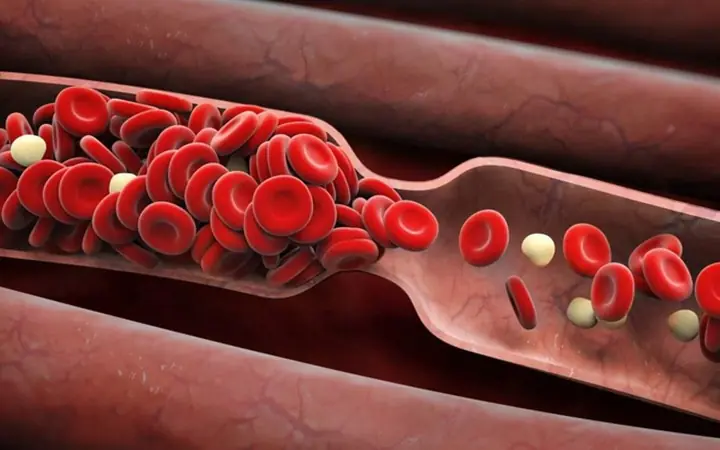
The Main Cause of Blood Clots Discovered – 10 Times Worse Than Fat!
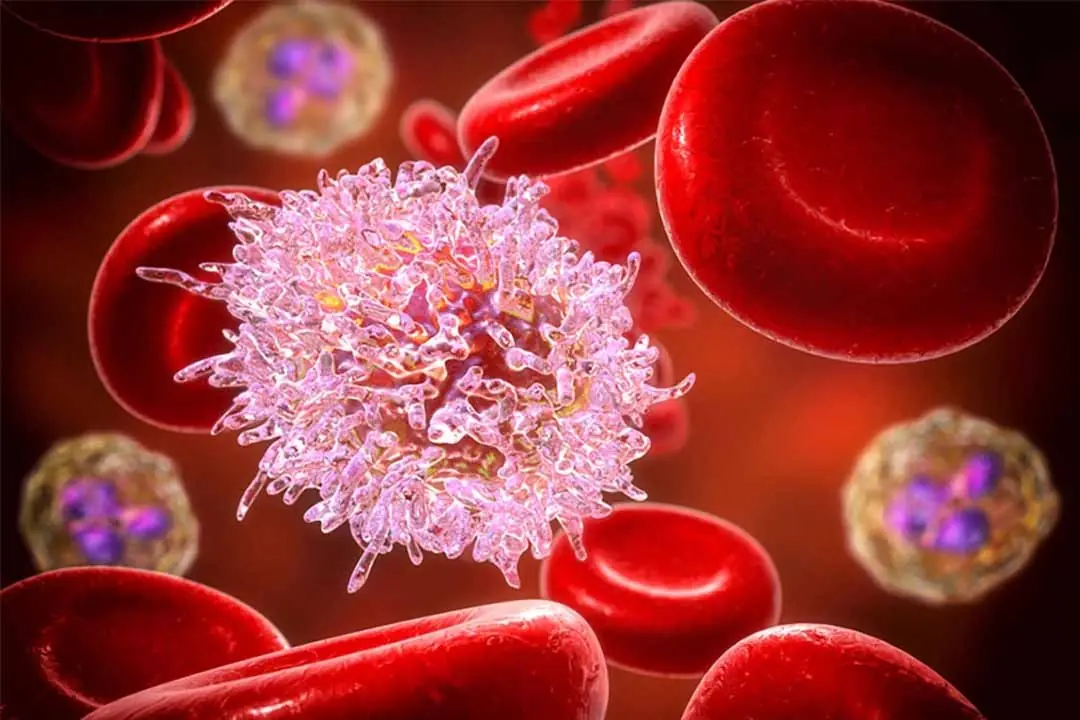
The Leading Cause of Liver Cancer Discovered – 10 Times Deadlier Than Alcohol and Tobacco: The Culprit is 'It
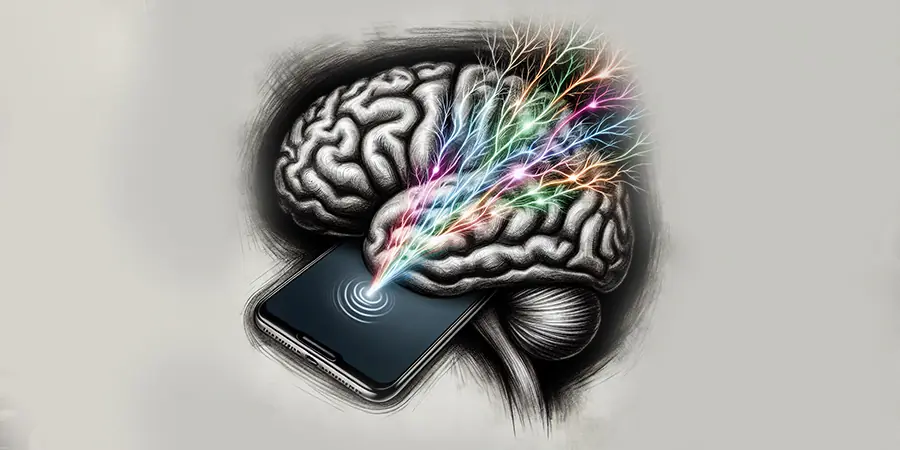
Unplug to Rewire: Just 72 Hours Without a Smartphone Can Change Your Brain
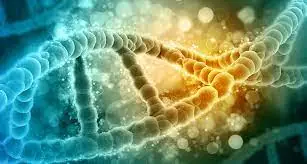
CRISPR Breakthrough: Scientists Successfully Remove Extra Chromosome in Down Syndrome Cells
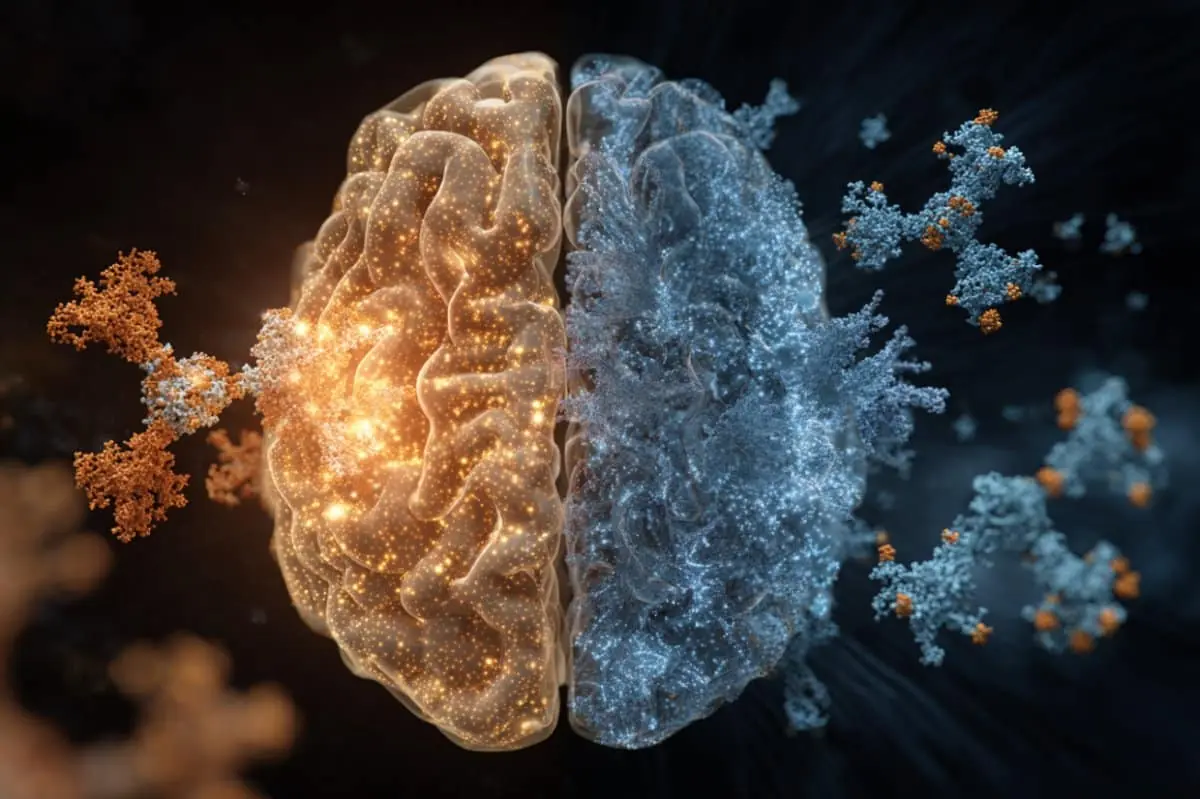
Alzheimer's Breakthrough: Key Protein Found in High Levels in Newborns, Offering Hope for New Treatments

Walk Your Way to a Lower Cancer Risk: Just 7,000 Steps a Day Can Make a Difference
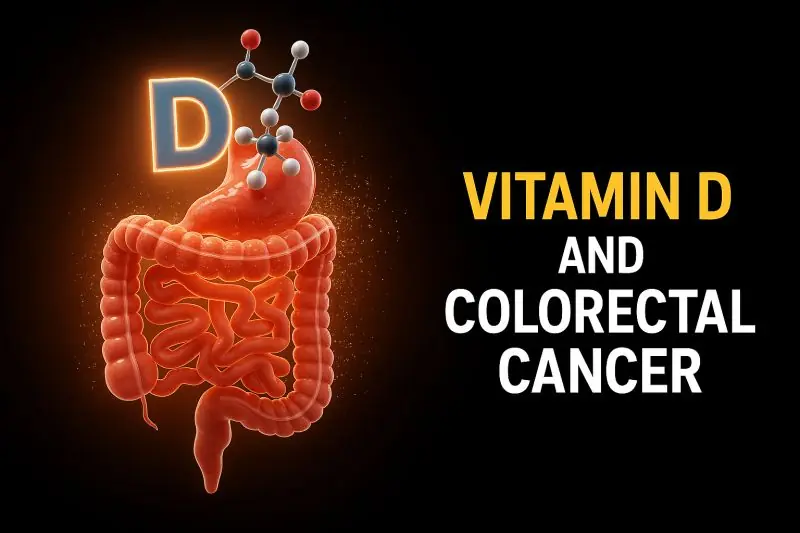
The Sunshine Vitamin's Secret Weapon: How Vitamin D Fights Colorectal Cancer

Woman, 29, Falls Into Coma After Tattoo During Bachelorette Trip To Spain
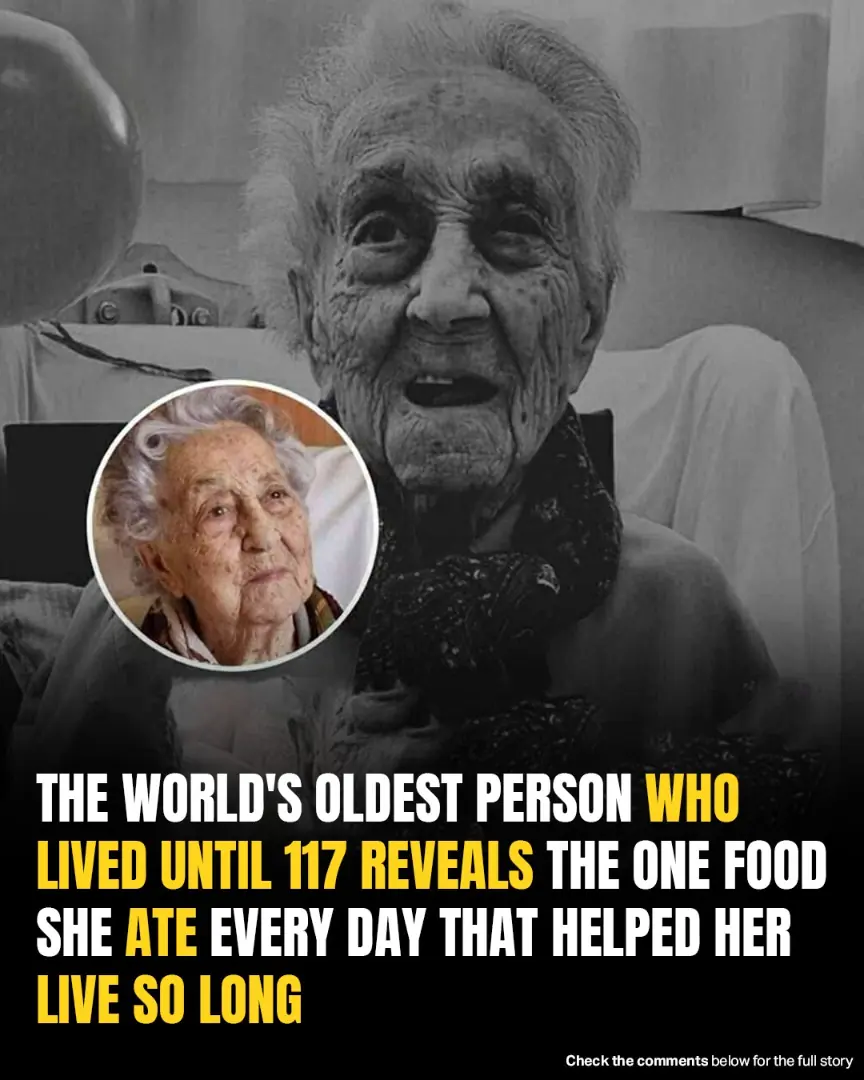
World’s Oldest Woman, 117, Reveals The One Food Behind Her Long Life
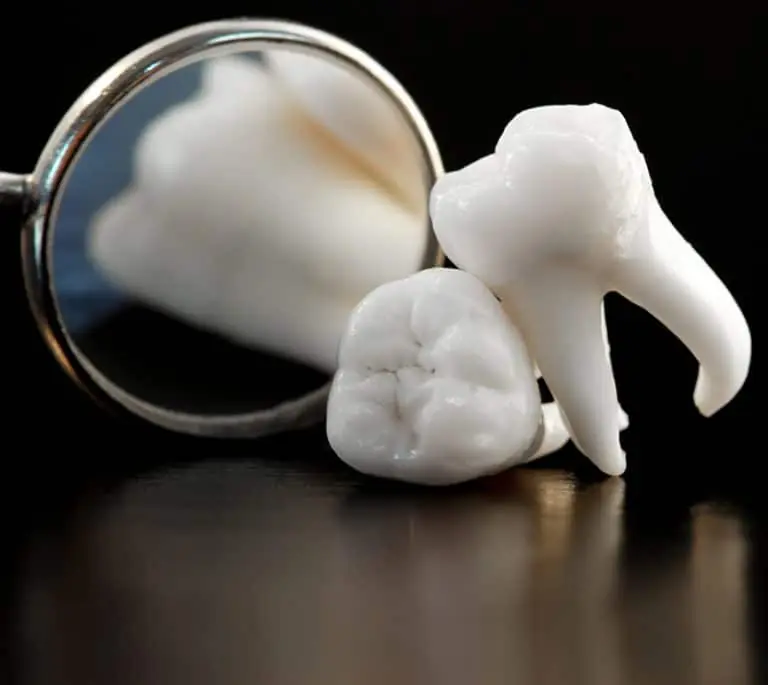
Medical Gold: Why Your Wisdom Teeth Might Hold the Key to Future Cures
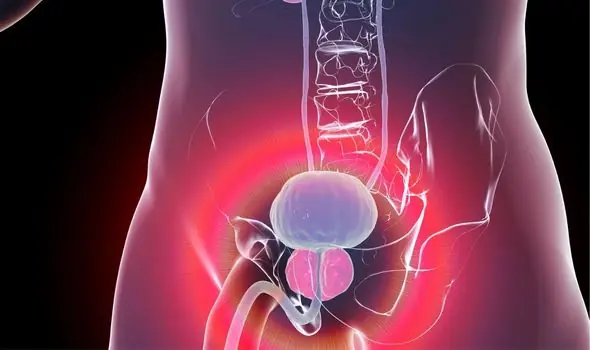
Prostate Cancer: Warning Signs and Symptoms You Shouldn't Ignore
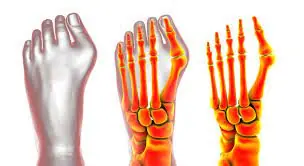
Ditch the Knife: Effective Non-Surgical Treatments for Bunion Pain Relief
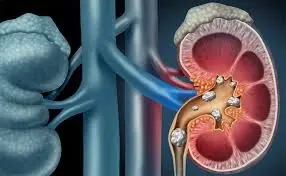
5 Drinks That Can Help Dissolve Kidney Stones and Aid Easy Elimination
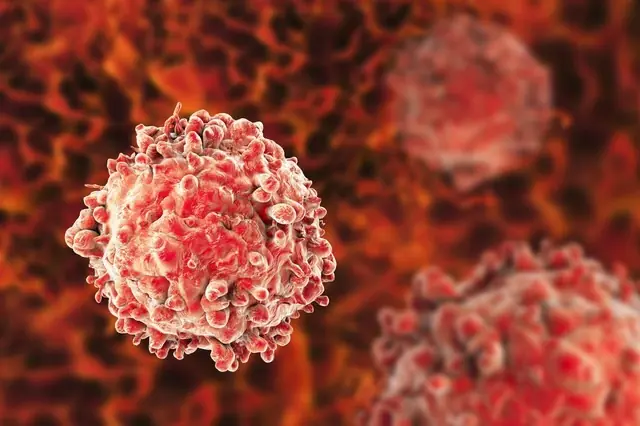
People with Cancer Often Share 8 Morning Signs—Especially Clear After Age 40
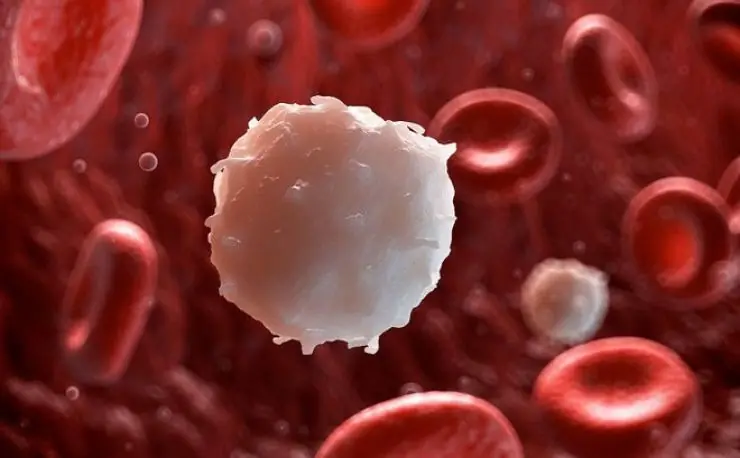
5 Foods That Tumors Hate: Eat These Often for Better Health
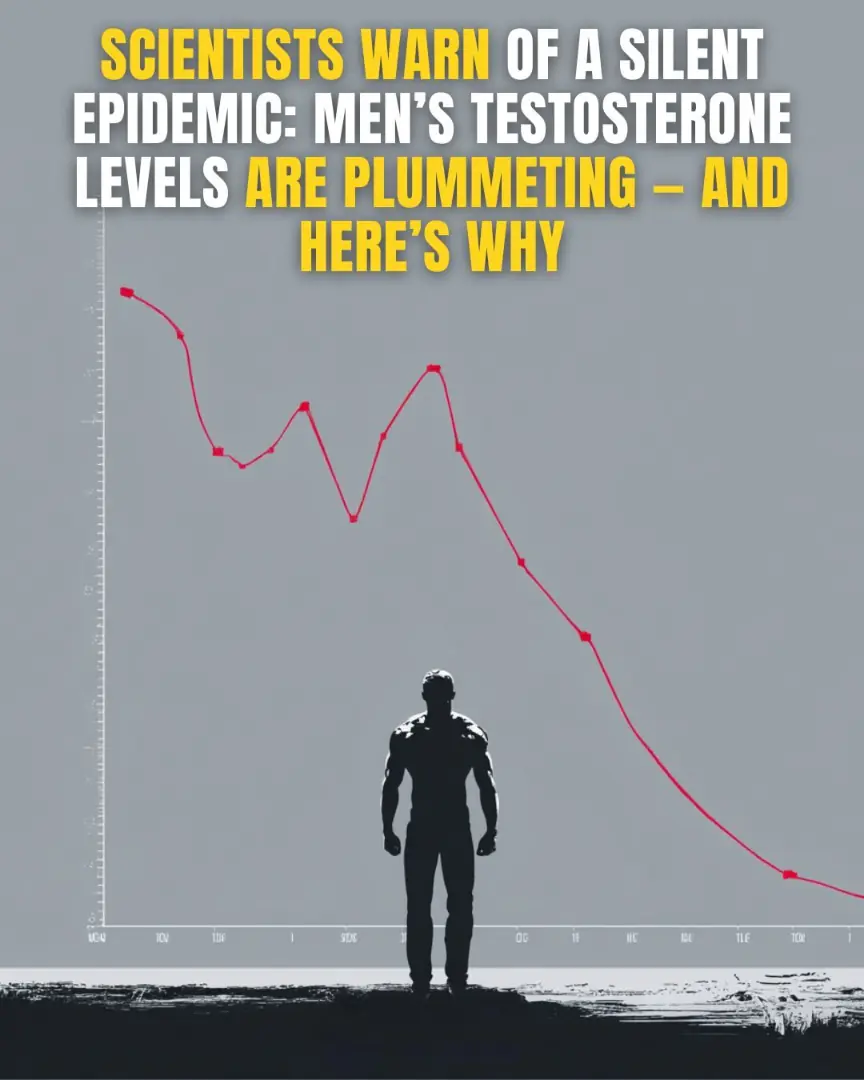
Scientists Warn of a Silent Epidemic: Men’s Testosterone Levels Are Plummeting — And Here’s Why
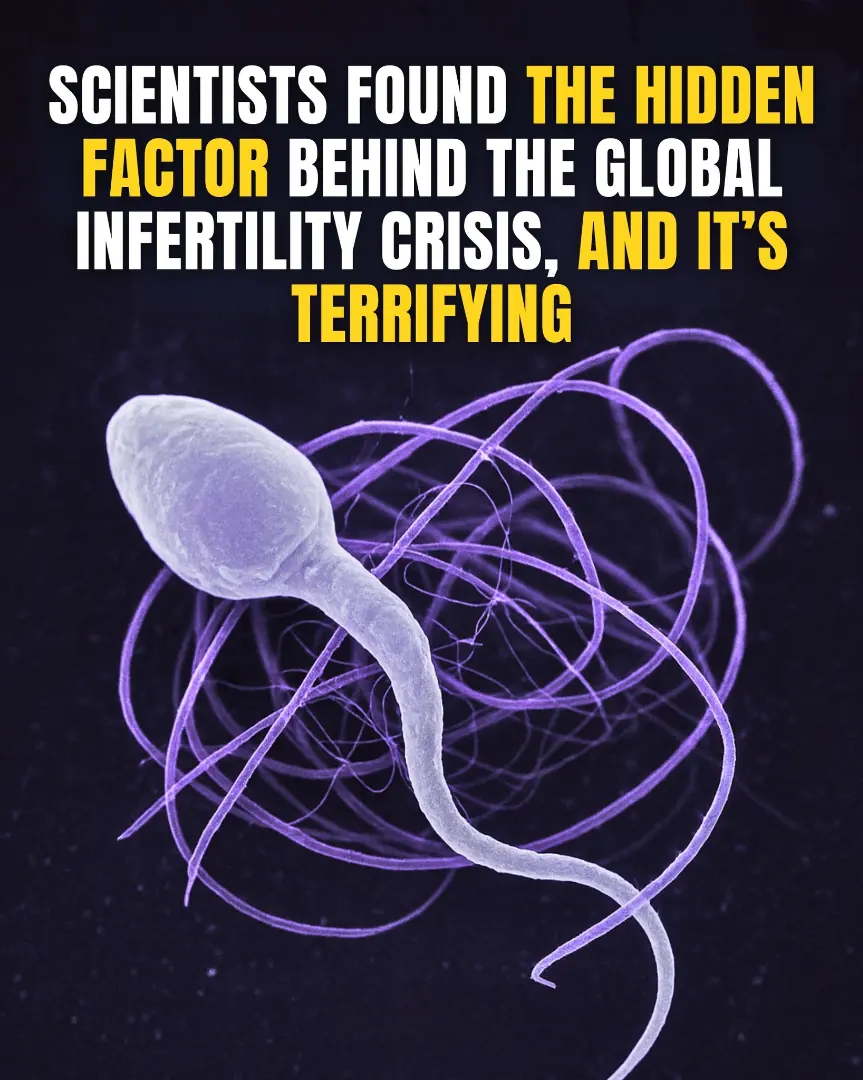
Scientists Found The Hidden Factor Behind the Global Infertility Crisis, And It’s Terrifying

🍵 The Quiet Power of Cinnamon Tea: A Simple Sip for Natural Balance
News Post

Scientists Reveal Genetic, Brain And Trauma Link Behind Hoarding Disorder

Most People Have No Idea What The Lines On Bath Towels Actually Mean

Why Charging Your Phone To 100% Could Be Harming Its Battery Life

FBI Declassified 1,427 Secret Files On Einstein—Internet Reacts
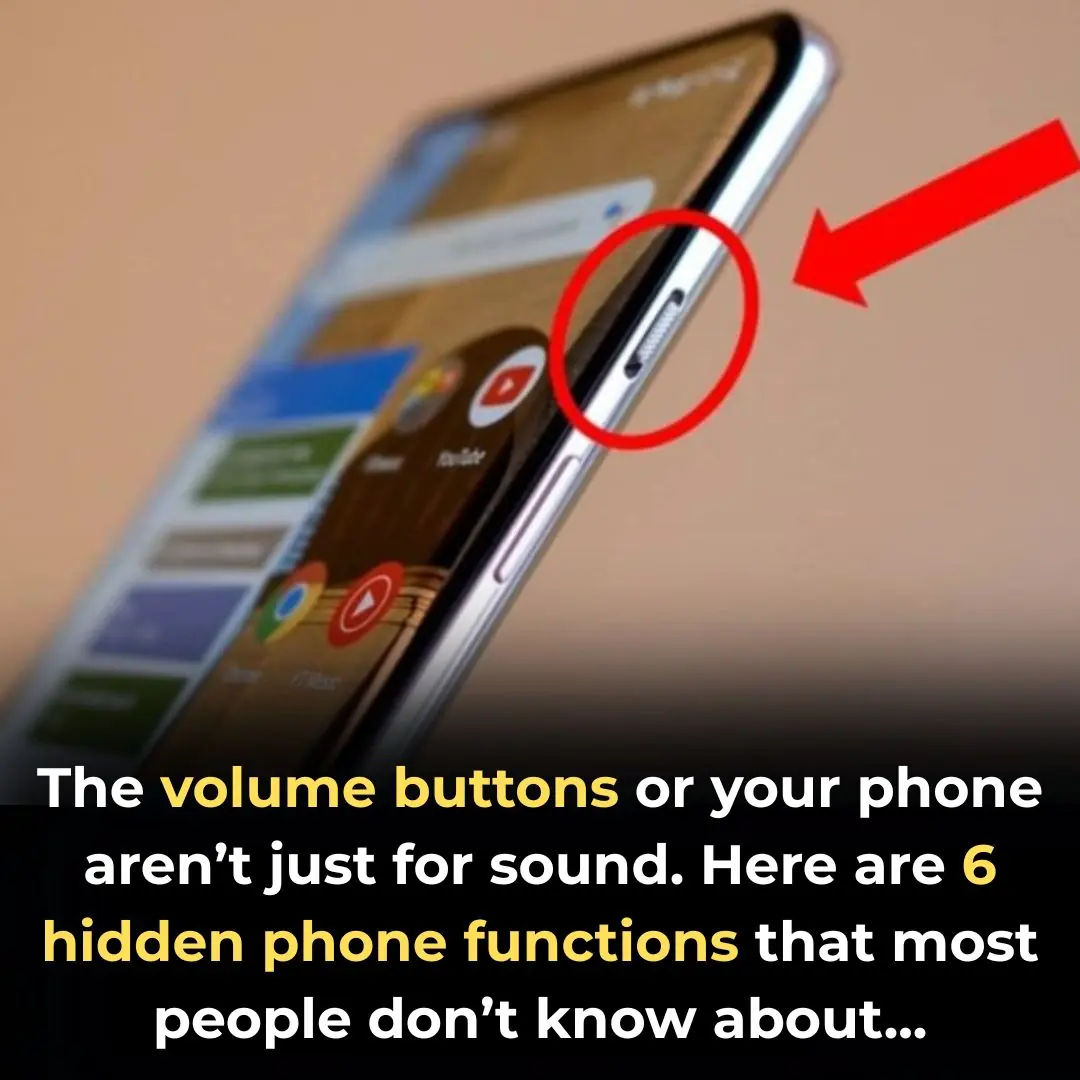
The Volume Buttons On Your Iphone Has Many Hidden Functions

If Your Tongue Is Yellow, Be Cautious of These 5 Diseases

The Main Cause of Blood Clots Discovered – 10 Times Worse Than Fat!

The Leading Cause of Liver Cancer Discovered – 10 Times Deadlier Than Alcohol and Tobacco: The Culprit is 'It
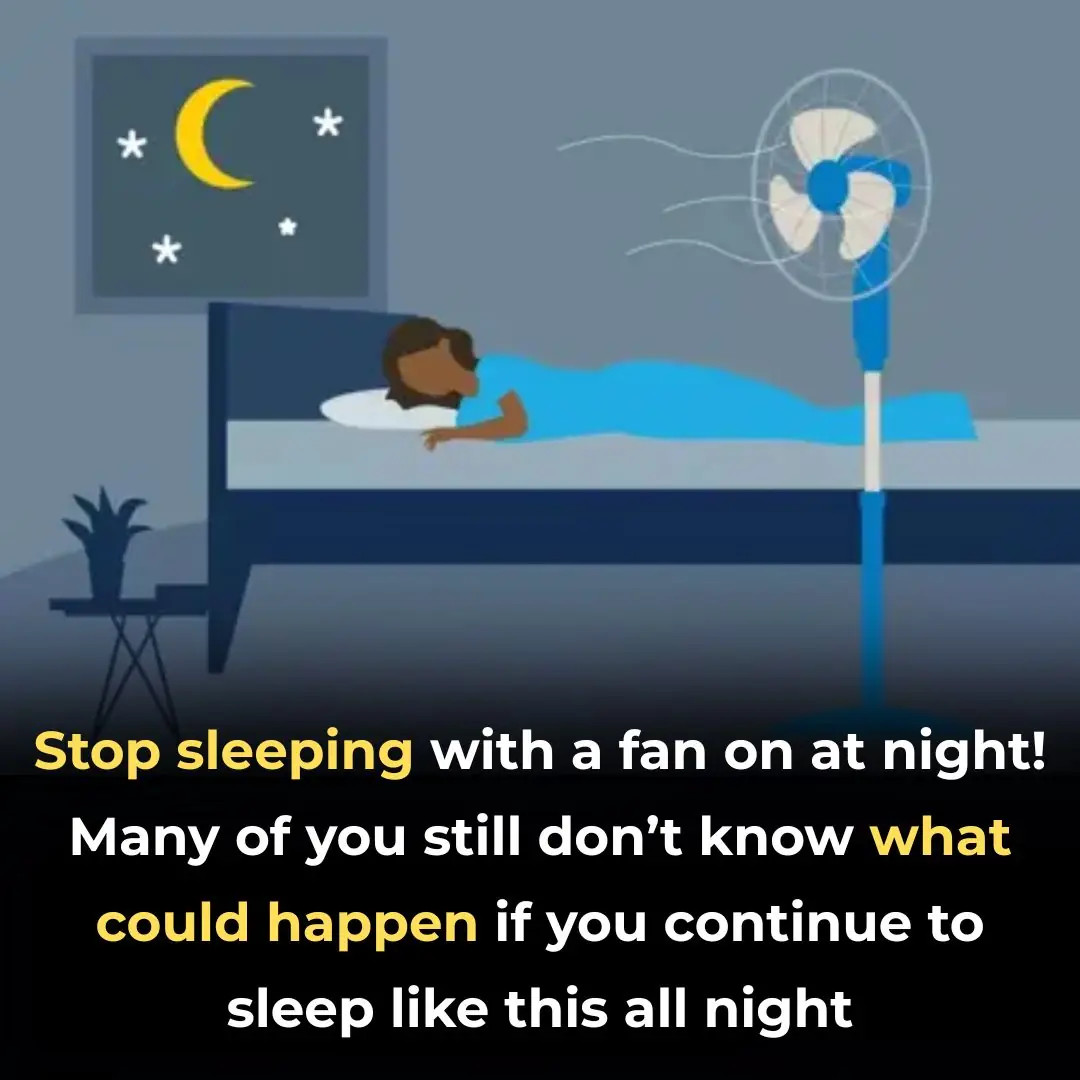
Here’s Why You Shouldn’t Sleep With A Fan At Night

If You See A Woman Wearing A Wedding Ring On Her Pinky Finger Here’s What It Means

What’s The Purpose Of The Fabric Strip Across Hotel Beds

Unplug to Rewire: Just 72 Hours Without a Smartphone Can Change Your Brain

CRISPR Breakthrough: Scientists Successfully Remove Extra Chromosome in Down Syndrome Cells

Alzheimer's Breakthrough: Key Protein Found in High Levels in Newborns, Offering Hope for New Treatments

Walk Your Way to a Lower Cancer Risk: Just 7,000 Steps a Day Can Make a Difference

The Sunshine Vitamin's Secret Weapon: How Vitamin D Fights Colorectal Cancer

Woman, 29, Falls Into Coma After Tattoo During Bachelorette Trip To Spain

Scientists Achieve First Dream-To-Dream Communication Using Brain Waves

How I Reclaimed My Life After My Husband’s Betrayal and Their Inevitable Divorce
After 14 years of marriage shattered by infidelity, I found strength to rebuild a new life for my children and myself. This is the story of betrayal, resilience, and how my ex-husband’s affair led to a painful but necessary divorce.